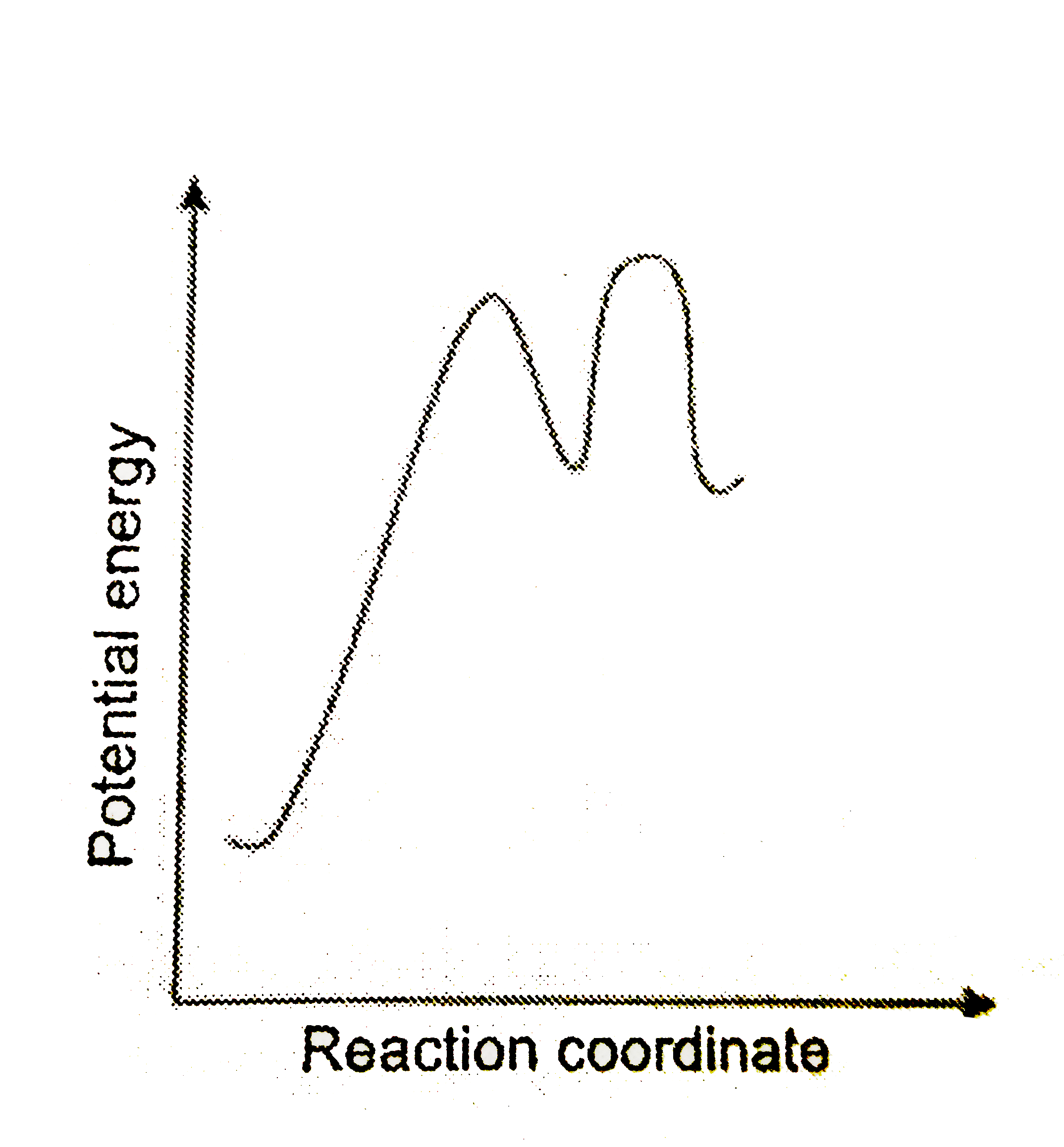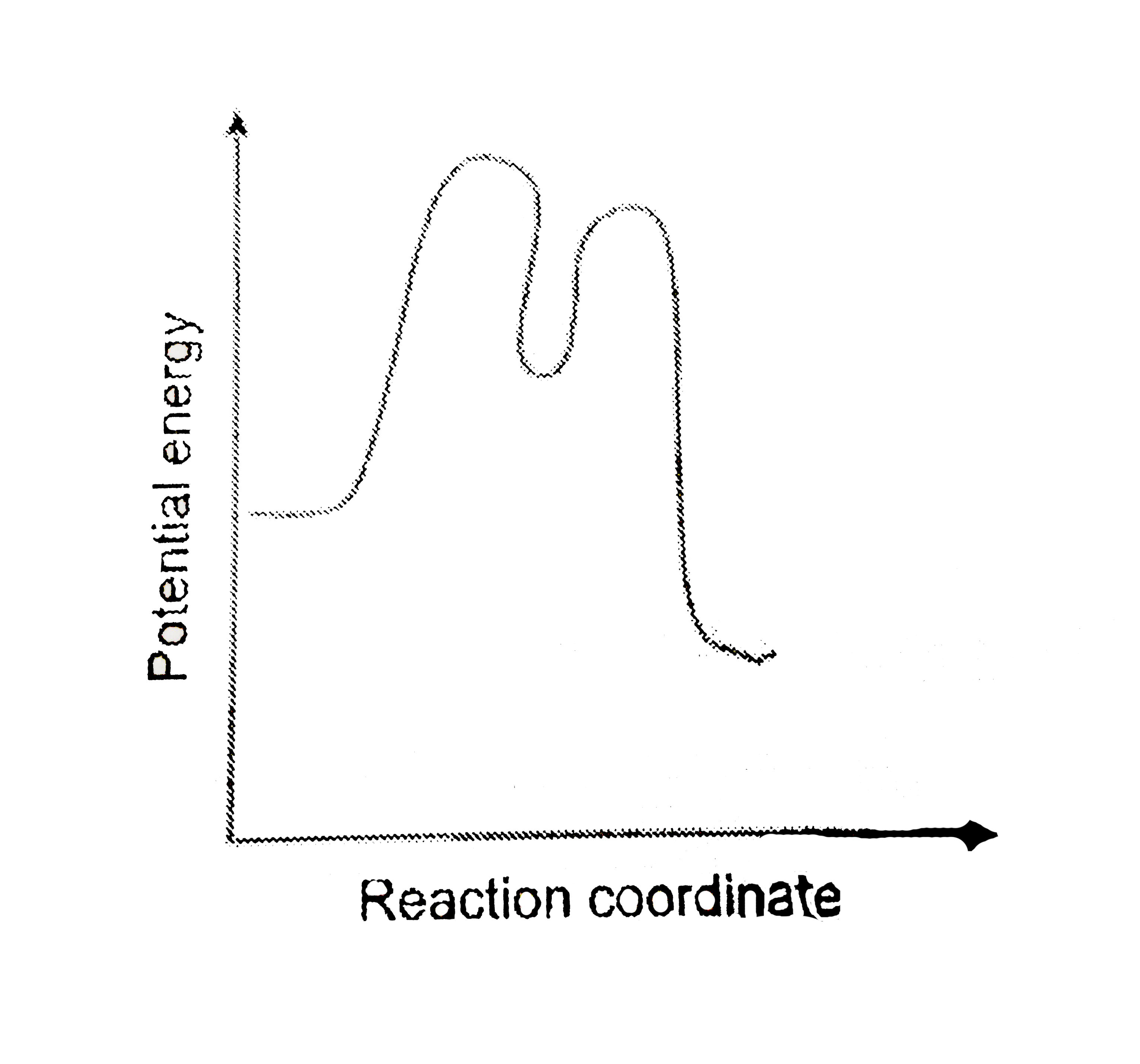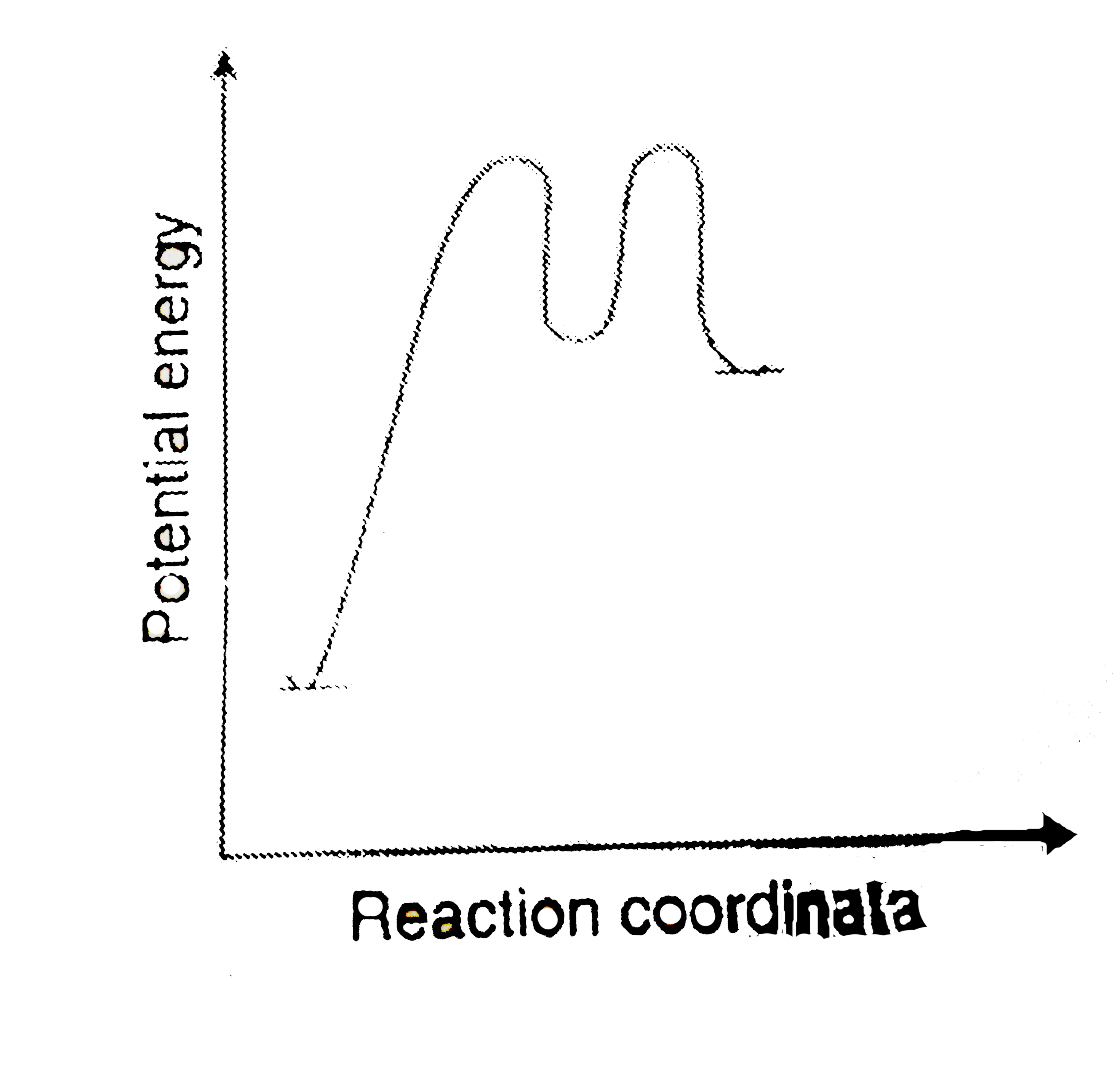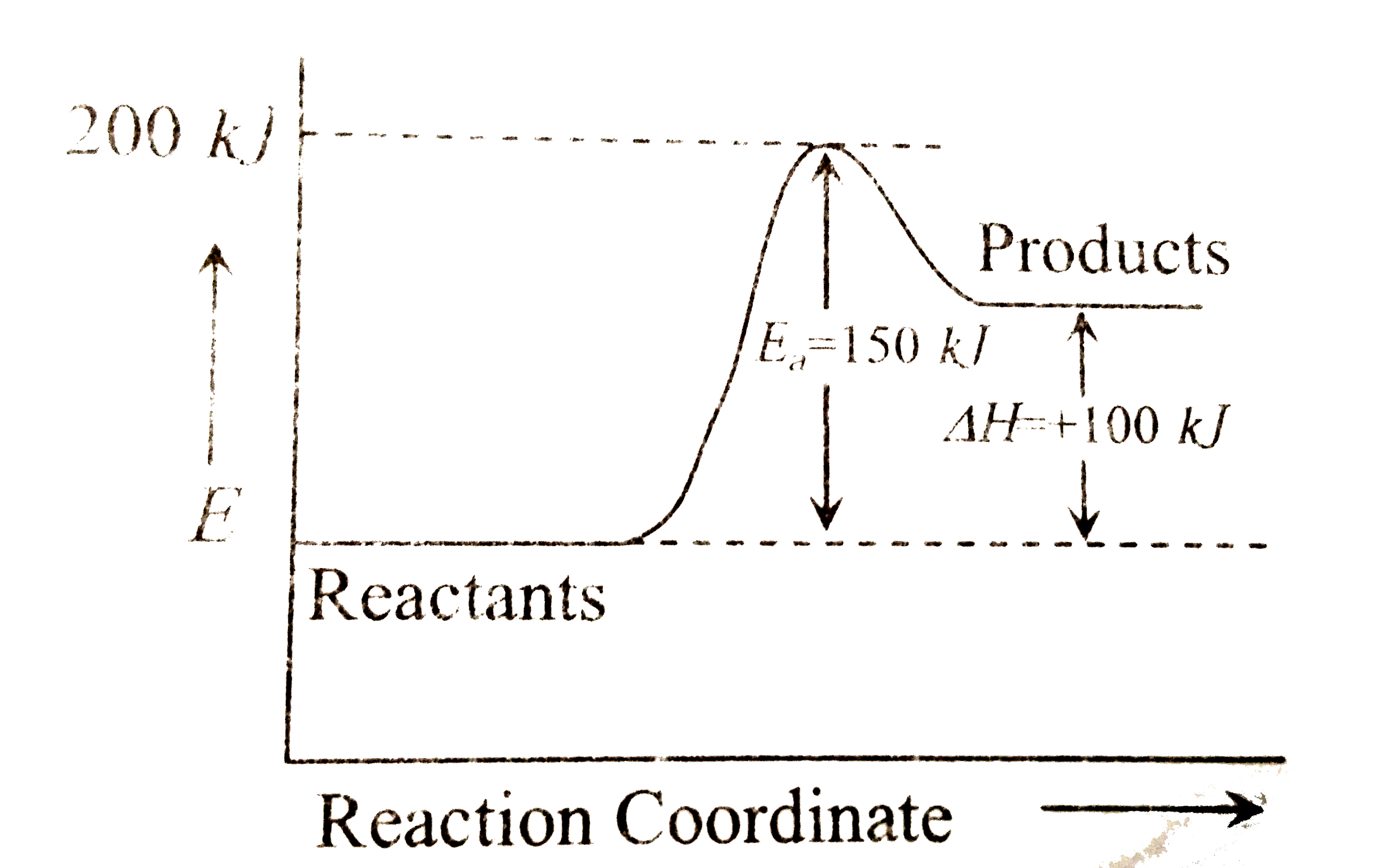The enthaply change, ΔH, in a simple one step reaction is > 0, so, the Ea (activation energy) of reaction is , therefore
A
equal to ΔH
B
never greater than ΔH
C
never less than ΔH
D
equal to zero.
Text Solution
The correct Answer is:C
For an endothermic reaction , Ea>ΔH as shown in the graph

|
Topper's Solved these Questions
- NUCLEAR AND RADIO CHEMISTRYBOOK - DINESH PUBLICATIONCHAPTER - NUCLEAR AND RADIO CHEMISTRYEXERCISE - Unit Test 4
40 Videos
- NOMENCLATURE OF ORGANIC COMPOUNDSBOOK - DINESH PUBLICATIONCHAPTER - NOMENCLATURE OF ORGANIC COMPOUNDSEXERCISE - MCQs
13 Videos
- ORGANIC CHEMISTRY - SOME BASIC PRINCIPLES & TECHNIOUESBOOK - DINESH PUBLICATIONCHAPTER - ORGANIC CHEMISTRY - SOME BASIC PRINCIPLES & TECHNIOUESEXERCISE - PURIFICATION & CHARACTERISATION OF ORGANIC COMPOUNDS
38 Videos
Similar Questions
Knowledge Check
If activation energy, Ea of the reaction is equal to RT then
AThe rate of reaction will be independent on initial concentration of reactant.BThe rate constant becomes approximately equal to 37% of the Arrhenius constantCThe rate of reaction becomes infiniteDThe rate of reaction always be first order.
(E = activation energy)
Relation between activation energies of above reactions is :AE2>E1>E3BE3>E1>E2CE3>E2>E1DE1>E2>E3Which among the following is the graphical representation of a reaction is the ΔH for the forward reaction is twice the activation energy of the I step and activation energy of the II step is half of the I step
A B
B C
C D
D
The activation energy for a simple chemical reaction A→B is Ea in the forward reaction: The activation of the reverse reaction
View SolutionThe ΔH value of the reaction H2+Cl2⇔2HCl is −44.12 kcal. If E1 is the activation energy of the products then for the above reaction
View SolutionΔH>ΔE for the reaction
View SolutionAn exothermic reaction A → B has an activation energy of X kJ mol−1 of A. If the energy change in the reaction is Y kJ, then the activation energy of the backward reaction will be
View Solution
(E=activation energy )
Relation between activation energies os above reactions is:
View Solution

